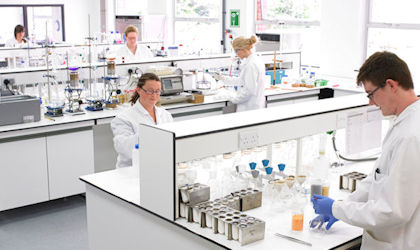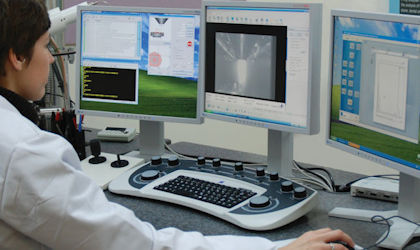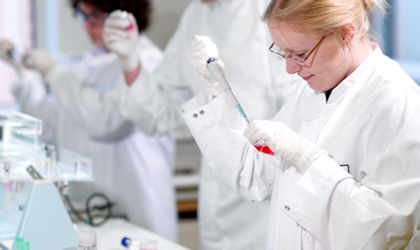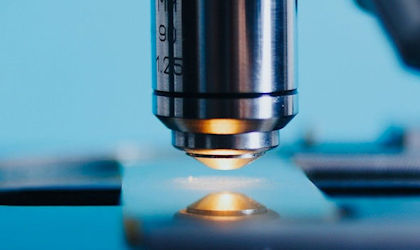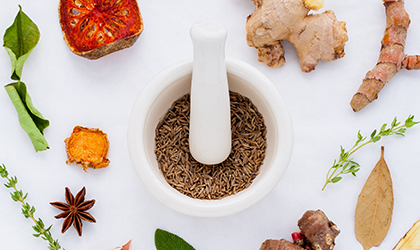Structure of food
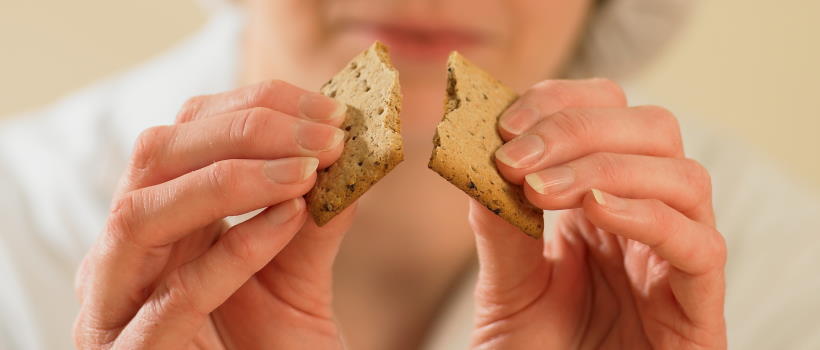
To discuss your needs
The structure of food influences texture. Examples include porous products such as aerated foods and bakery products where the bubble structure affects softness, and starch-based snacks where it affects crispiness.
C-Cell
This instrument, originally developed at Campden BRI, allows rapid, quantitative analysis of cellular products. Parameters such as wall thickness and cell diameter can be measured from a cut cross section, such as a slice of bread.
X-ray micro-CT
X-ray micro-CT offers non-destructive imaging and structure measurement in 3D. Images and movies showing the internal structure of products can be generated. Measurements of porosity, bubble size distribution and structure thickness (wall size) can be performed. Read more...
Microscopy
A wide range of microscopy facilities are available including scanning electron microscopy (with energy dispersive X-ray microanalysis capabilities for determining elemental composition), optical microscopy and FTIR microscopy. These techniques provide high resolution images revealing product structure at a microscopic scale.
Dynamic imaging of baking
A medical CT scanner and special oven can be used to study structure formation in products such as bread and cakes during baking. This service can be used to compare the effect of different ingredients and processes or to understand the origin of particular structures or faults.
Fruit cakes
Comparison of 3 recipes showing the effect on fruit sinking during baking.
Analysis training courses
Explore our analysis related courses including; Product assessment and Safety and quality culture excellence
Are you getting the most from your Membership?
Watch our membership FAQ videos and find out more about Member Service Account spending, Member Interest Groups, help and advice
Key services
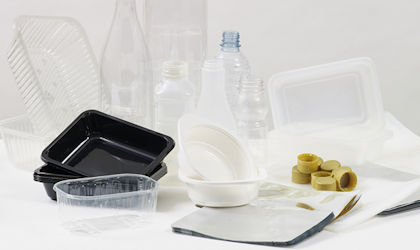
Packaging down the microscope
Microscopy use a range of techniques to examine packaging materials including plastic and metal.
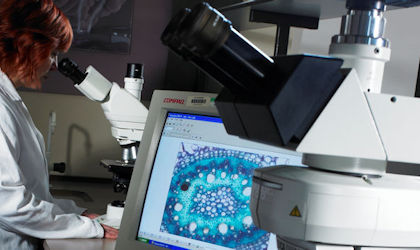
Structure and physical properties
Methods for objective characterisation of food structure and physical properties.
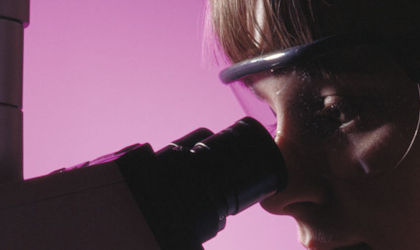
Foreign body identification scheme
Run independently from our own foreign body laboratory, the FOBS scheme enables other laboratories to check their competence in the identification of foreign bodies.
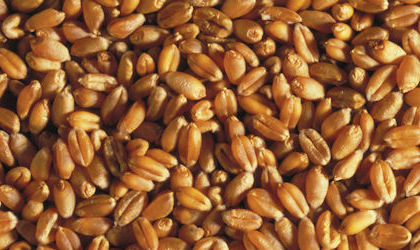
Cereals and milling services
Cereals and milling testing services information, pricing and submission.
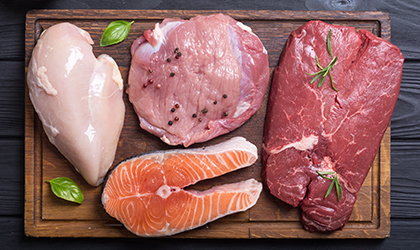
Meat, poultry and seafood analysis
Analysis supporting meat, poultry and seafood suppliers, manufacturers and retailers.
Where we refer to UKAS Accreditation
The Campden BRI group companies listed below are accredited in accordance with the recognised International Standard ISO17025:2017 by the United Kingdom Accreditation Service (UKAS). The accreditation demonstrates technical competence for a defined scope of methods, specific to each site, as detailed in the schedules of accreditation bearing the testing laboratory number. The schedules may be revised from time to time and reissued by UKAS. The most recent issue of the schedules are available from the UKAS website www.ukas.com. Campden BRI (Chipping Campden) Limited is a UKAS accredited testing laboratory No. 1079


